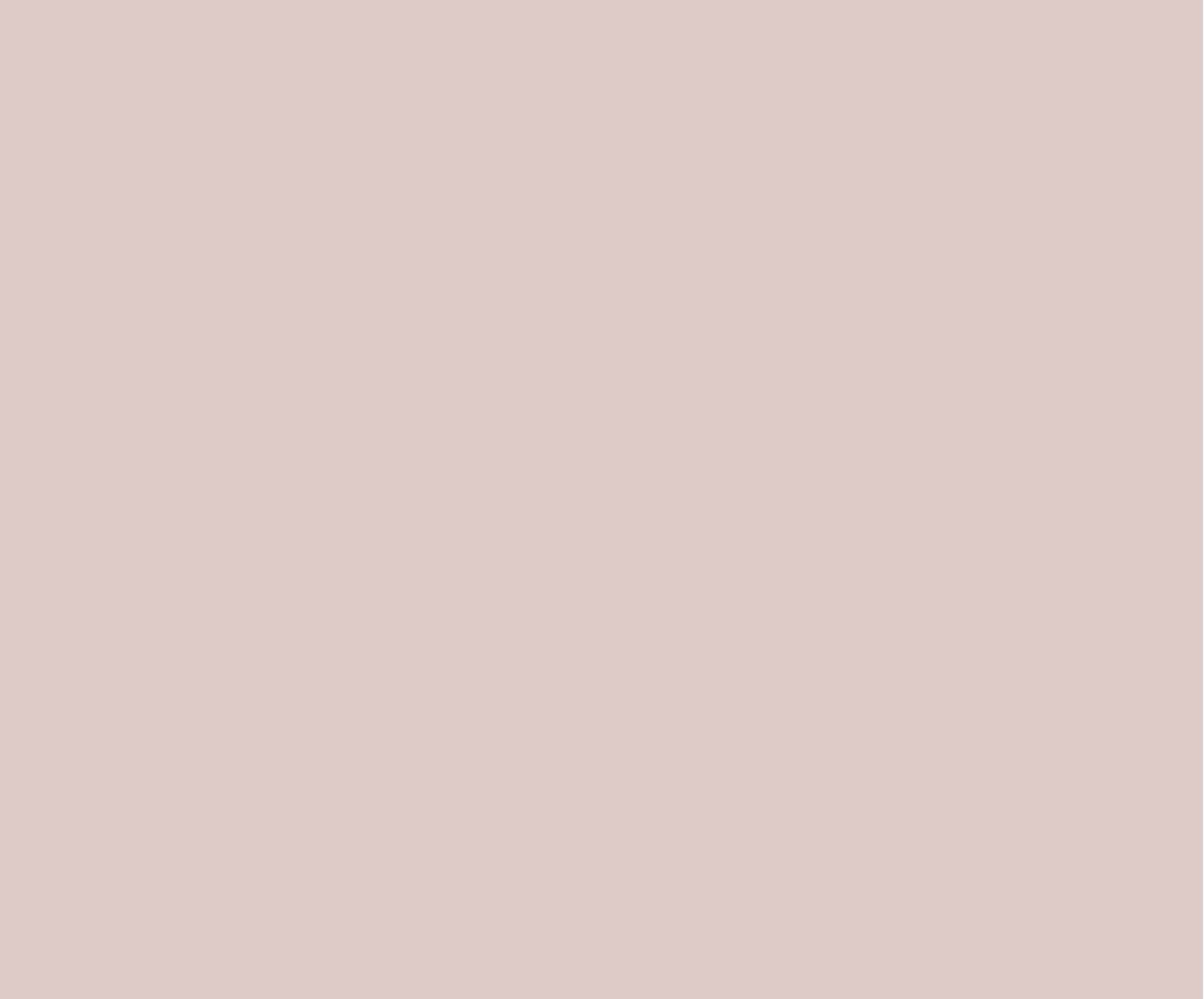The Medicine
Traditional Chinese Medicine
TCM has been around since the Stone Age. In fact, there are primitive acupuncture needles made of stone that were found China dating back to the late Stone Age (40,000 to 10,000 BC). Through the ages, these simple but effective techniques have remained, though the tools have advanced greatly. Needles have become hair thin, so their insertion feels no different than a mere mosquito bite.
Evidence-Based Medicine
The effectiveness of acupuncture points has withstood the test of time such that the WHO (World Health Organization) has sourced over 250 controlled clinic trails to support evidence-based acupuncture as a viable choice in pain management. When needles are inserted and stimulated, the connective tissue below the skin becomes twisted around the needle. The stretching of the connective tissue causes muscles to relax. Connective tissue joins muscle groups and organ systems alike, which is why it offers a variety of health benefits.








